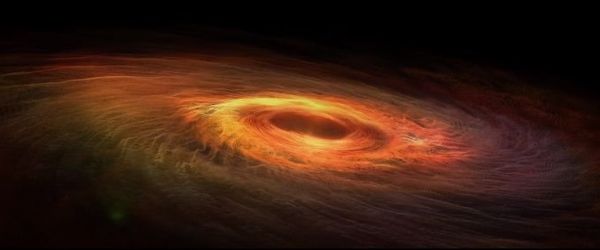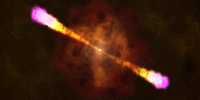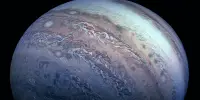Evidence of four planets has been found to have an equally rich father as the Earth floats in space with no stars to heat them up. Known as “flow-floating” or “rogue” planets, we cannot see these planets directly, since nothing illuminates them, but their presence has been inferred from the gravitational curvature of light from more distant stars. Towards the end of life, the planet-hunting Kepler Space Telescope looked at the center of the galaxy and observed an abundance of stars every 30 minutes in hopes of discovering a variety of their brightness.
Instead, when a planet passes in front of a star it is looking for microlending events rather than its usual search for darkness, which occurs when the gravitational field of a huge object bends, light from something farther away. Microlensing causes a brief increase in brightness as the light is temporarily focused. Most microlensing events strong enough to detect existing instruments occur due to stars or at least very large planets. Dr Iain MacDonald of the University of Manchester has informed the Royal Astronomical Society of candidates in two months of monthly notices of Kepler’s disclosure of data after denying the confusion caused by running stars and instrumental errors.

Four of these are made up of substantially Earth-mass objects, although the authors still do not consider any of them to be certain and have individual confidence in them due to the lack of ground-based observations. Small microlensing events have been seen before, but these have happened before or just before big events. Astronomers believe that the main events of a star (usually as we already know) pass in front of a farther light source, so it has smaller peaks produced by one of the planets.
The paper reports a previously identified example of one of these microlensing events in Kepler data. McDonald said in a statement, “[Flow-floating microlensing] signals are very difficult to find.” “Our observations point to an old, sick telescope with blurred vision in the most densely populated parts of the sky, where there are already thousands of bright stars that change in brightness and thousands of asteroids across our field. From that cacophony we try to extract the tiny, characteristic illumination caused by the planet and get a chance to see it before we see just one signal. It’s as simple as looking for a single glimpse of a firefly in the middle of a motorway using just a handheld phone.”















